Online magazine for design and development
Here you will find everything that the designer needs for his design and the development engineer for his new development, from the draft to quality assurance in production, such as new products, their applications, new technologies or research results. Company reports as well as topics on technological and megatrends in all industrial sectors complete our range of industry news. Let's start with the news.
Company News
Founding of Tec.nicum - Solutions & Services GmbH
The Schmersal Group announces that it is restructuring its service division and establishing Tec.nicum - Solutions & Services GmbH. The company is thus significantly expanding its safety service offering.
Federal Minister of Economics Habeck visits the Turck stand
Federal Minister of Economics Dr. Robert Habeck visited the Turck Group at the Hannover Messe 2024 to find out how the automation specialist contributes to sustainability in the industry.
Annual report 2023, 247 new products and Igus Go app
Igus is presenting the new business figures and presenting 2024 new products at the Hannover Messe 247 and would like to advance the goal of “Zero Lubrication” with the Igus Go app.
IFM will increase sales to over EUR 2023 billion in 1,4
IFM Electronic was able to increase sales again in the 2023 financial year. The preliminary consolidated financial statements show a new sales record with sales of over 1,4 billion euros and growth of 3%.
Jumo Campus for sensors and measurement technology
Jumo has designed further training courses with a view to the currently exciting topics being discussed in individual sectors and offers corresponding seminars as part of the Jumo Campus.
Industry news for your design and development from the specialist areas

Product development
IDTA | Preparing digital twins for the future
Dassault Systèms has joined IDTA, the Digital Twin initiative. Find out more in our interview at the Hannover Messe.

communication technology
With SPE, IO-Link and M2M to sensor-to-cloud
The communication technologies SPE, IO-Link and M2M offer Jumo great automation potential for a variety of industries.

Sensors
New sensor class simplifies positioning tasks significantly
The smart 2D profile sensors from Baumer define a new sensor class for precise and fast positioning and inspection tasks.

cables and wires
PTFE and PFAS free Chainflex cables
Igus gives the “PFAS free” seal to 95% of its Chainflex cables, which are free of the harmful substances PFAS and PTFE.
Industry news for your design and development from the branches

Automobile
IR and UV emitters for high-quality car interiors
UV lamps and infrared systems from Excelitas Noblelight optimize the production of parts for vehicle interiors.

Mobile Machinery
Tailor-made brakes for autonomous forklifts
Kendrion Intorq has developed innovative braking technology with Bastian Solutions for the new autonomous forklift CB18.
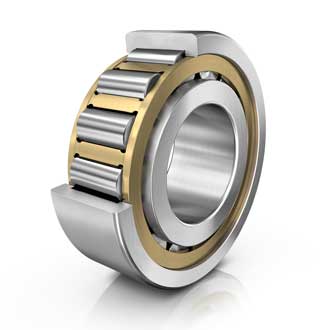
Mobile Machinery
Cylindrical roller bearings for heavy industrial gearboxes and construction machinery
Schaeffler is introducing new cylindrical roller bearings in which the service life has doubled and the load capacity has increased by 24%.
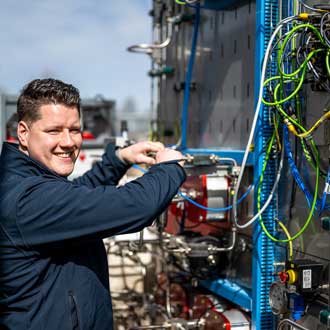
Automobile
IO module secures hydrogen filling stations from Resato
Resato Hydrogen Technology has implemented a modular and scalable concept for H2 filling stations with Turck and its IO modules.
Industry fair news
Hannover Messe shows energy for sustainable industry
As a networked industrial ecosystem, the exhibitors demonstrate how climate neutrality can be achieved through the use of electrification, digitalization and automation under the guiding theme of Energizing a sustainable Industry.
Control Fair 2024 | The industry is already looking forward to Stuttgart
Control 2024, the important international trade fair for quality assurance, will take place from April 23rd to 26th in Stuttgart. The trade fair places a particular focus on automation and digitalization.
SPS Nuremberg: Now in 16 halls!
The SPS – Smart Production Solutions from November 14th to 16.11th. 2023 will see significant growth in the trade fair compared to the previous year and is on the way to pre-Corona levels.


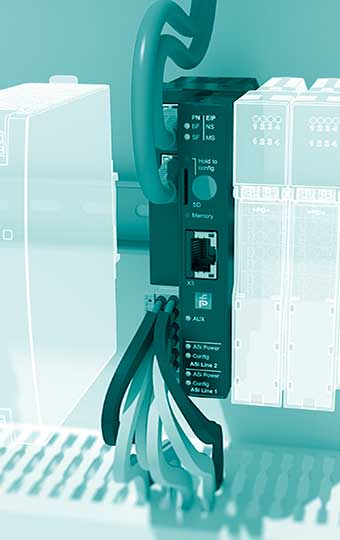




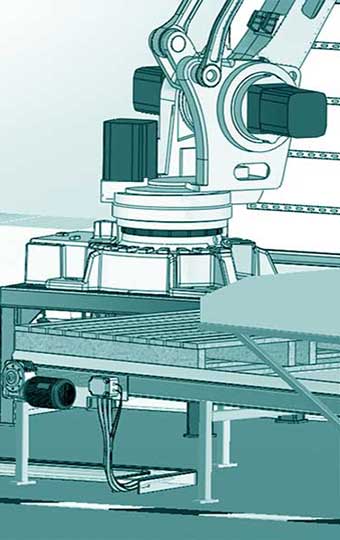







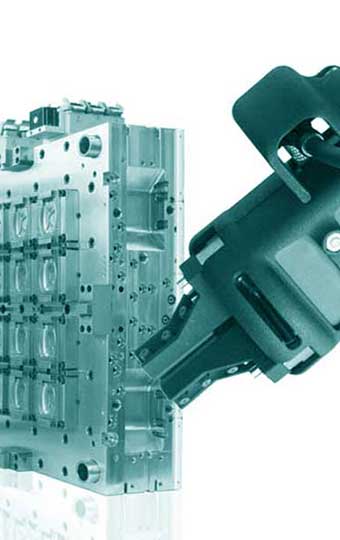



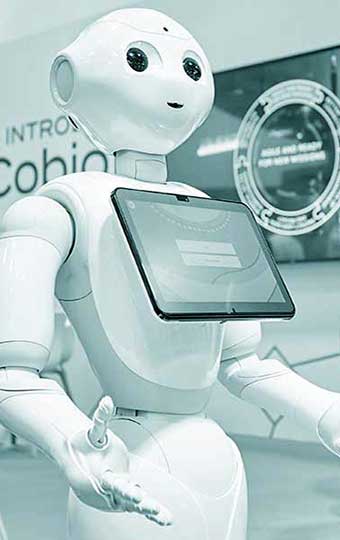
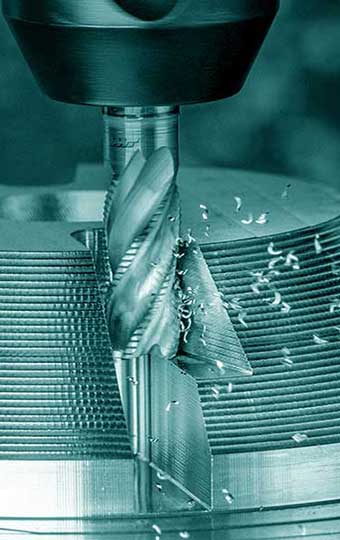
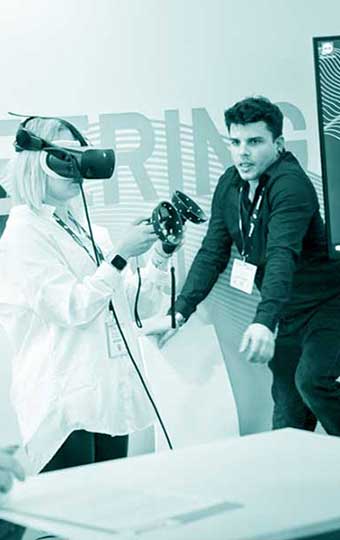
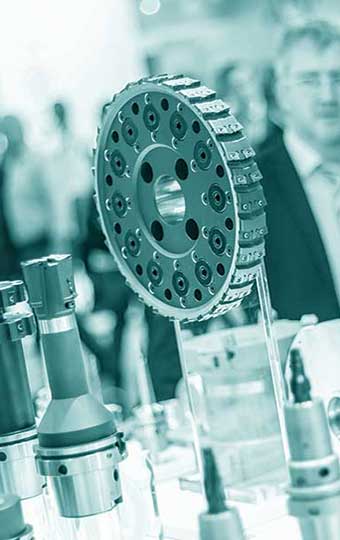

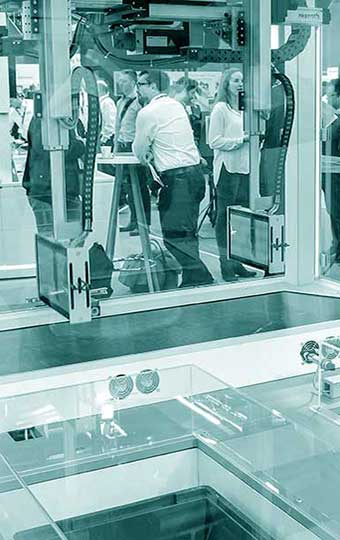
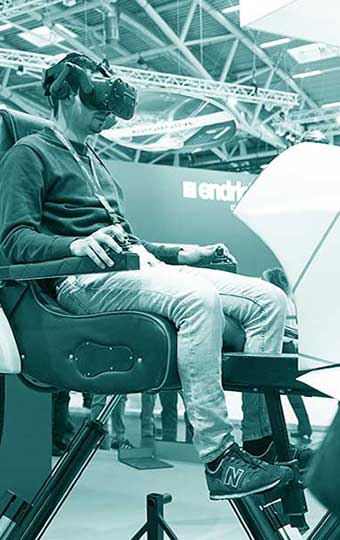
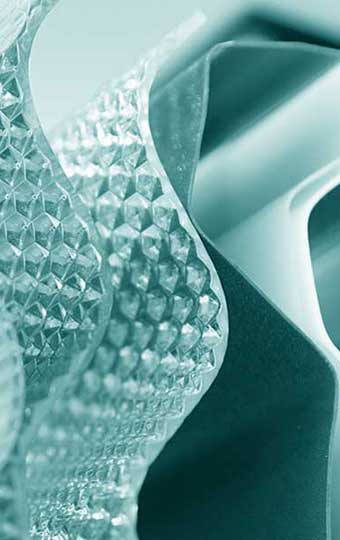
 To remove tumors in the inner ear, is a tricky thing: The doctors usually have to remove all of the temporal bone. In future reaches a 5 mm wide tunnel through the bone, the mini-robot "Niliboro" milled from Fraunhofer. To sensitive areas such as blood vessels and nerves, he makes a broad sweep. Use the inflatable cushion of the robot is fixed during surgery. First, the researchers are developing the optimal pocket geometry with several prototypes.
To remove tumors in the inner ear, is a tricky thing: The doctors usually have to remove all of the temporal bone. In future reaches a 5 mm wide tunnel through the bone, the mini-robot "Niliboro" milled from Fraunhofer. To sensitive areas such as blood vessels and nerves, he makes a broad sweep. Use the inflatable cushion of the robot is fixed during surgery. First, the researchers are developing the optimal pocket geometry with several prototypes.